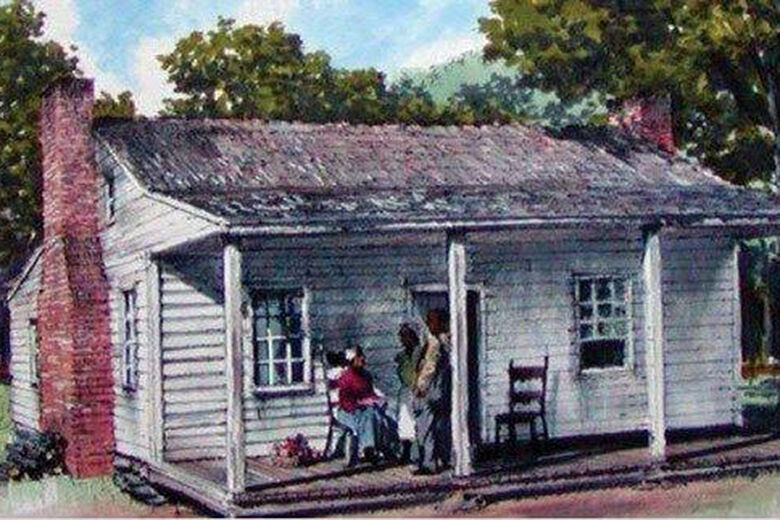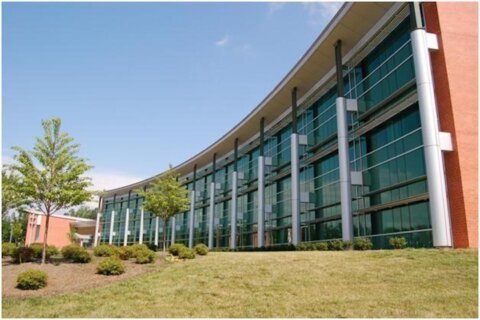This article was republished with permission from WTOP’s news partner InsideNoVa.com. Sign up for InsideNoVa.com’s free email subscription today.
This article was written by WTOP’s news partner InsideNoVa.com and republished with permission. Sign up for InsideNoVa.com’s free email subscription today.
Batestown was, and remains, a predominantly African-American community in Dumfries founded in the 1800s by the family of a freed slave.
On Juneteenth this Saturday, Prince William County and Dumfries leaders will officially rename Mine Road — where the community is centered — Batestown Road. It’s an effort 20 years in the making, says Prince William Potomac District Supervisor Andrea Bailey.
Earlier this year, the Dumfries Town Council and Prince William Board of County Supervisors voted to approve renaming Mine Road to Batestown Road. They’ll make it official with an 11 a.m. ceremony at the Merchant Park gazebo in Dumfries.
Batestown, named for early settler and freed slave Sally Bates, was one of only a handful of African-American communities in Northern Virginia prior to the Civil War. After the Civil War, Batestown grew as formerly enslaved people moved in.
The residents were mainly farmers, but some worked at the pyrite mine on what is now Prince William Forest Park land while others worked at Quantico Marine Corps Base. The town eventually grew in population to about 550 residents and supported a church and school.

But in the 1930s, President Franklin D. Roosevelt’s administration wanted to move farmers from small plots to more fertile locations while creating recreational areas for the urban poor. In turn, the building of new parks would put hundreds to work under the Civilian Conservation Corps.
The government bought dozens of properties in Batestown and condemned dozens more to create Prince William Forest Park. By the start of World War II, 44 landowners remained but were finally forced out when the government decided to turn the land into a training camp for spies. The government took the homesteads by eminent domain, forcibly evicting those who refused to leave.
On Saturday county leaders, historical commission members and the Bates family will gather for the official unveiling of the new name at the intersection of Cameron and Mine roads.






